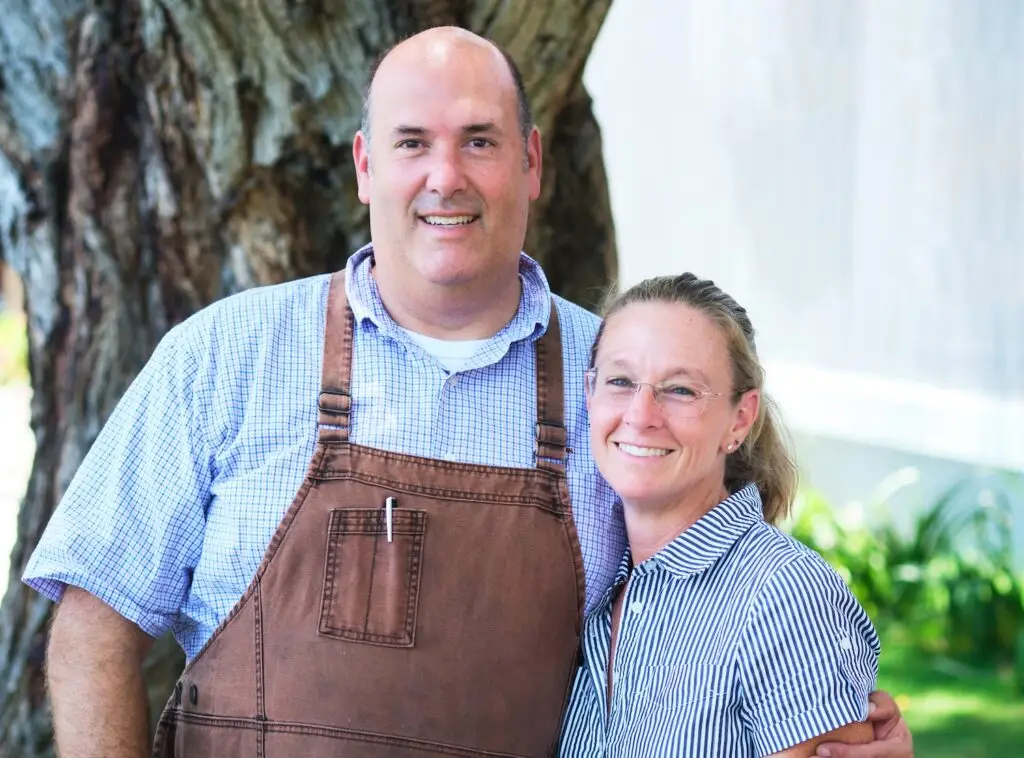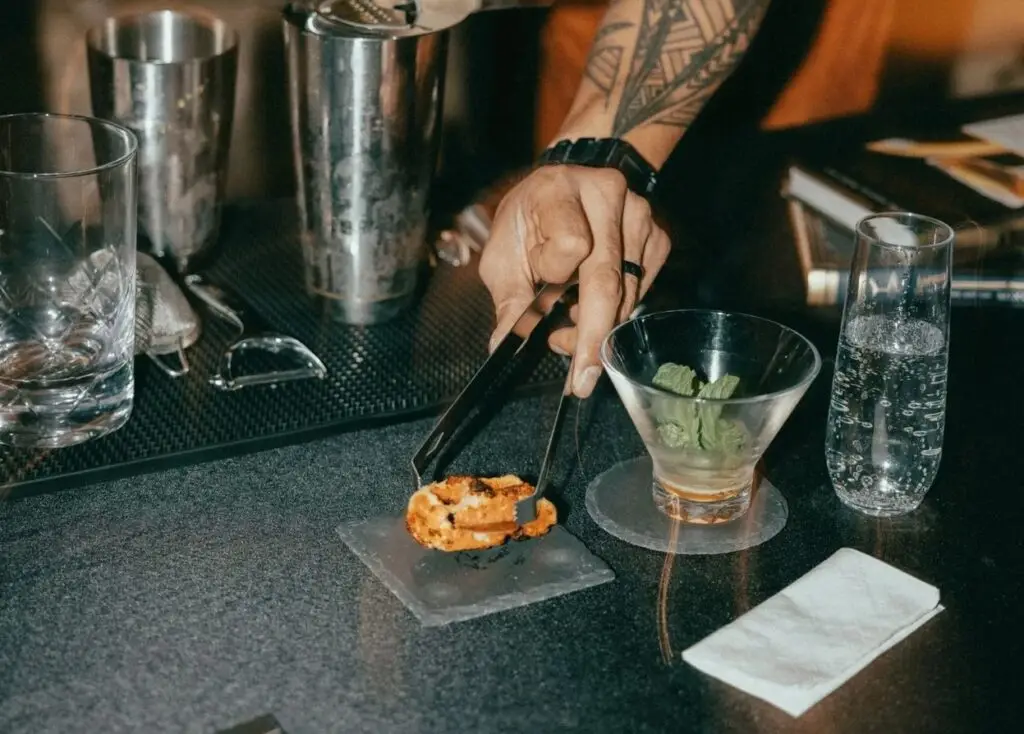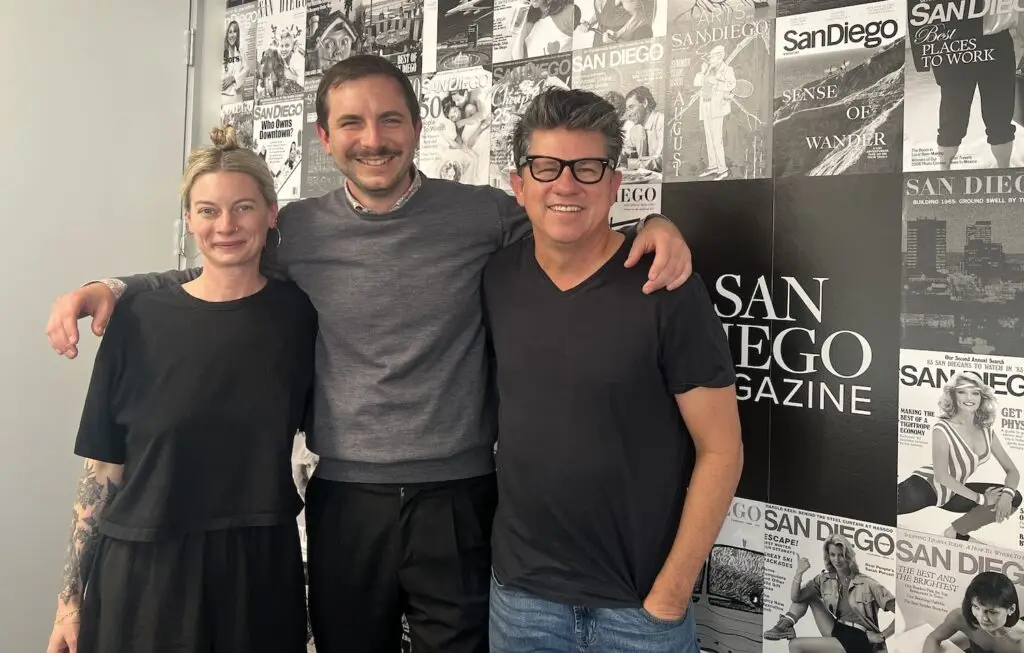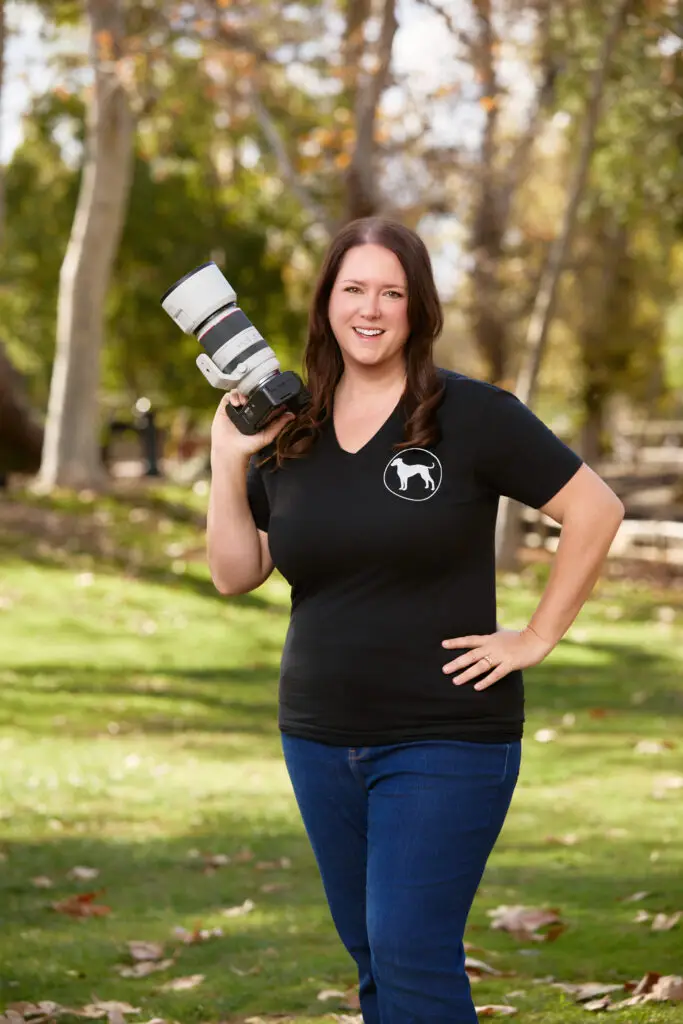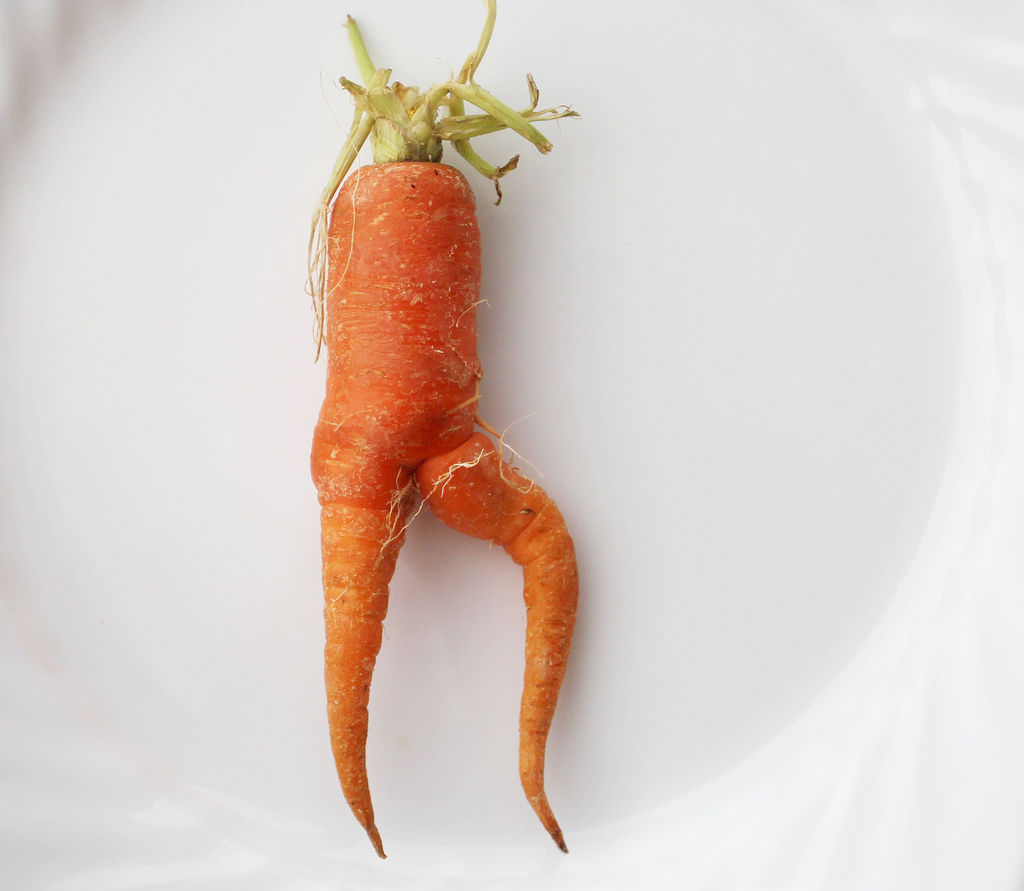The stats on food waste are staggering. Almost 40 percent of the food in the U.S. is never eaten. In 2010, America wasted 33.79 million tons of food. That’s enough to fill the Empire State Building not once, not twice, but 91 times. If the U.S. wasted just 5 percent less food, it would be enough to feed 4 million people.
When you consider one in six Americans face hunger on a daily basis, the stats seem especially grotesque, if not cruel.
There are many reasons: preparing too much food and not eating the leftovers; throwing out food past its “use by” or “best by” date; badly prepared food, etc. But one of the more vapid and ridiculous reasons are that supermarkets refuse to sell “ugly” fruits and vegetables.
“Ugly” food, and food waste overall, is the driving ideas behind the upcoming “Re-Source” dinner on April 6 at The Red Door restaurant in Mission Hills. The four-course dinner (with bonus bites) will use perfectly good food that would otherwise go to waste.
Red Door owner Trish Watlington explains:
What’s the idea?
It’s a dinner made completely from food that would be unwanted, discarded or thrown away. The purpose is to demonstrate that the 50 percent of food that’s thrown away in the world doesn’t have to be—especially in light of all our talk about how we need to feed billions of people. So it’s to bring awareness to the issue and raise money for the SD Food System Alliance.
What kind of unused food?
We’ll be using pastry scraps from Cardamom Café, and citrus and bananas from Whole Foods in Del Mar. We’re not really sure, because we’ll have to wait until the day before to know what food is slated to be wasted. We have a great relationship with the farmers markets. You’ d be amazed at what the farmers markets throw away at the end of the day because the fruit or vegetable is bruised or cracked or a little soft in one spot. That’s food that’s perfectly fine. You could cut around the bruise or put them into dessert or applesauce.
Who else is involved?
Kitchens for Good. They’re a catering company and culinary education program. Their catering menus are predominantly made using food “waste” that’s donated to them—like crates of oranges that have fallen from trees.
How can the average joe waste less food.
If people would buy from farmers markets, a lot more food wouldn’t get wasted. Standard size doesn’t apply at farmers markets. For fruits and veggies to go to the grocery store, they have to be a standard size, or they go into the trash. So that’s an opportunity.
Why’s it important to you?
Food waste is near and dear to my heart. My mom was raised in the Depression. She had the ethic of ‘you can’t waste anything, because we don’t have anything.’ In Europe, the ethic is that you only use what you have. We have gotten so far away from that as a society. Fortunately for me, our chef Miguel Valdez grew up the same way in a poor family, so he learned to make something out of nothing.
You can buy tickets to the “Re-Source” dinner by clicking here.
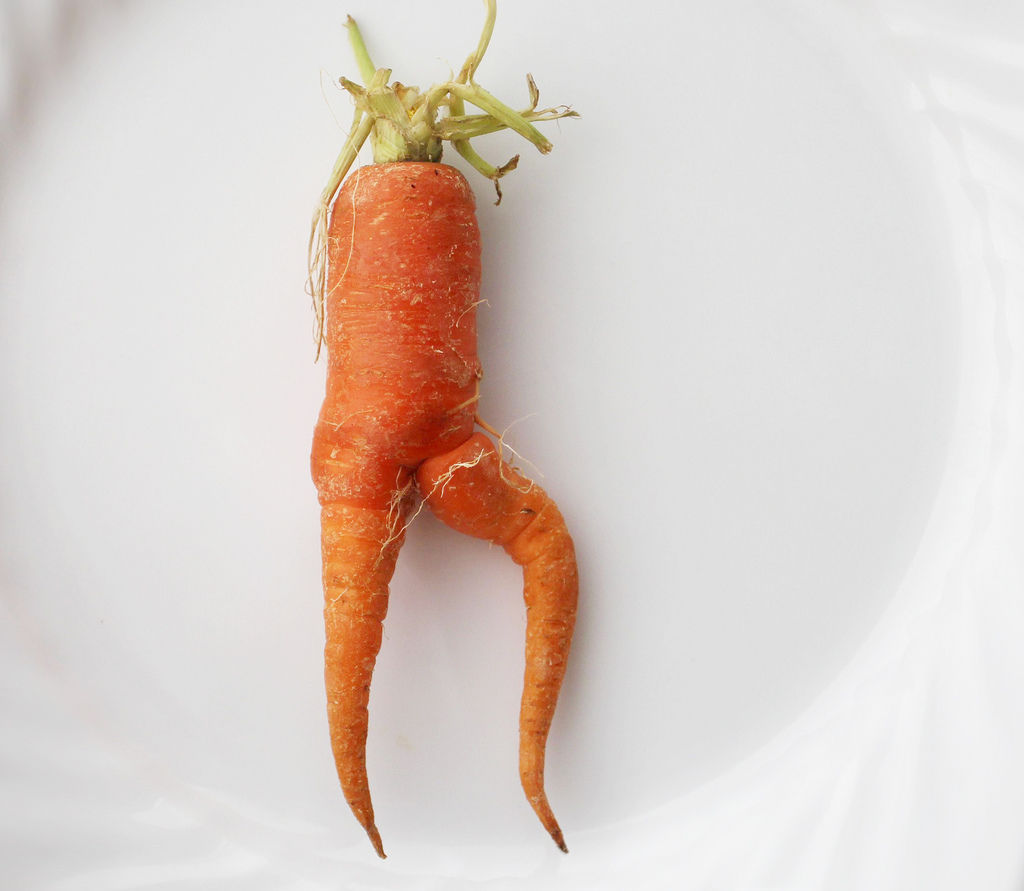
PARTNER CONTENT
An ugly carrot, and a funny one.
